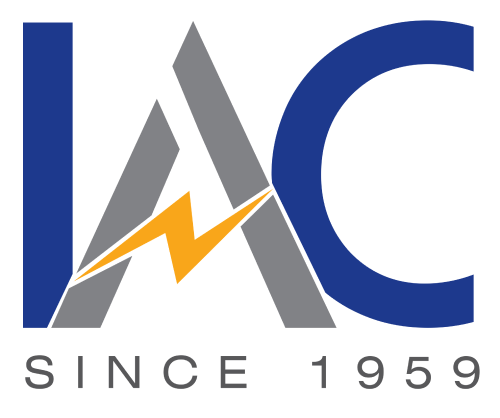Electricity demand is growing rapidly in a world that is undergoing rapid change. Power Transmission Lines are vital to fulfilling this requirement by transmitting electricity from generation stations to substations and finally to the end-users. High-voltage insulators are among the most crucial devices for ensuring the safe and reliable operation of these networks. These insulators are a means for power to pass through them and make its way from one point to another on a transmission line without loss, shorting, or outage of the entire system.
In this post, you’ll find out what high voltage insulators are and their uses, where they are used, their significance, and how they are integral to the effective functioning of our electrical network.
Understanding High-Voltage Insulators
High Voltage Insulators are special, large types of insulating parts intended to prevent the passage of unnecessary current flow from the conductors of Power Transmitting Towers to the supporting towers or ground. These insulators are often constructed of porcelain, glass, or composite polymers that are non-conductive.
Without these isolators, Transmission Lines will have less efficiency, become hazardous to safety, and cause Damage to the System. Insulators provide isolation between the live conductor and the grounded structures.
Importance of High-Voltage Insulators in Power Transmission Lines
The importance of high-voltage insulators in power transmission lines cannot be overstated. They promise that power will be reliably and safely delivered over long distances. Here are a few of the most important reasons why insulators are useful:
- Preventing leakage currents.
- Protecting against electrical flashovers.
- Ensuring mechanical support for conductors.
These functions directly affect the reliability of transmission lines, so conductors are necessary.
Main Uses of High-Voltage Insulators
1. Electrical Isolation
The only function of insulators in Power Transmission Lines is to insulate the conductors from the supporting structures. As Transmission Lines carry power at such high voltages, if a direct contact is made with the towers, this would cause grounding and power to leak away. Instead, a material, such as rubber or plastic, called an insulator, is placed all around this flow to protect it.
2. Mechanical Support
Beyond simply insulating the conductors, Power Transmission Line Insulators must also provide mechanical support. A conductor is a heavy object over great lengths of wire, which means it is very tight. High-voltage insulators help to control this stress and keep the Transmission Lines in alignment and properly spaced.
3. Preventing Flashovers
Flashovers occur when electricity jumps over insulators due to excessive voltage or environmental conditions, such as pollution or water. High-performance insulators used in Power Transmission Lines reduce the possibility of flashovers because they do not undergo electrical stress and retain insulation even in adverse weather conditions.
4. Protection from Environmental Stress
Transmission Lines are subject to harsh environmental conditions — storms, heat, dust, and pollution. Lightning arrestors are in place to protect against such outside forces. They are designed to be resistant to dirt and provide stability in any condition.
5. Improving the High-Voltage Power Transmission Durability System
Insulators, when used, protect conductors from wear and tear and accidental faults, such as short circuits, thereby increasing the life of power transmission lines. This not only increases productivity but also decreases the repairs and maintenance of transmission lines for a longer time.
Types of High-Voltage Insulators Used in Transmission Lines
Various Insulation types are employed in Power transmission lines, based upon the requirement and environmental conditions:
- Pin Insulators – These types of Insulators are generally used for Transmission Lines of low voltage.
- Suspension Insulators – Perfect for high-voltage applications, with flexibility and toughness.
- Strain Insulators – For Power Transmission Lines based on different projects.
- Shackle Insulators – This type of Insulator can be used for Light loads in Transmission Lines and distribution.
Conclusion
High-voltage insulators are the foundation of power transmission lines in transporting electric power safely and reliably. They shield and carry conductors, transmitting power long distances with little loss. Without them, Transmission Lines would not function half as effectively and safely.
For companies involved in the construction or repair of power transmission lines, selecting the right insulators is a critical decision. Good insulators are necessary to ensure reliability over time, low maintenance costs, and correct operation of electrical networks.
IAC Electricals is a specialist in providing modern Power Transmission Lines. Our Insulators are designed to operate at high voltages, in moderate environmental conditions, and under external mechanical stress, ensuring high safety and reliability. When you buy from us, you will never have to replace your Transmission Line again.
FAQs:
Q1: How are insulators used in Power Transmission Lines?
A1: They are to help prevent corona and flashovers, to insulate against current creeping, and to provide mechanical support in the Transmission Line.
Q2: For what purpose is a high-voltage insulator made?
A2: The insulators installed on the Power Transmission Line are of porcelain, glass, or composite polymer.






